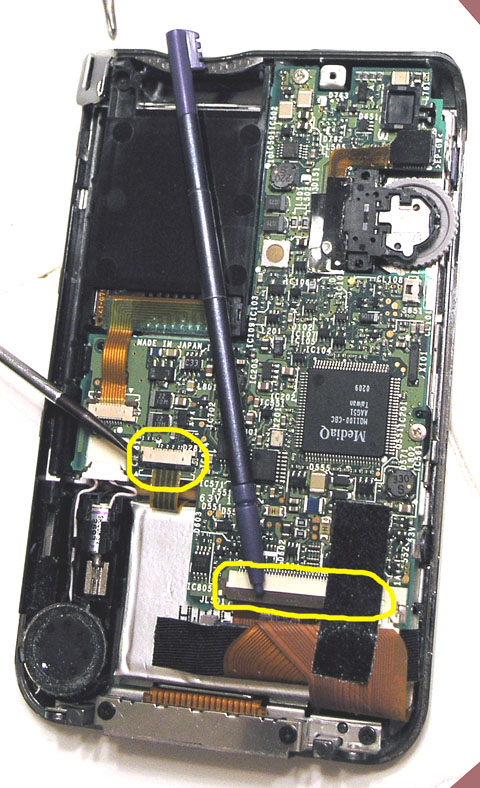For my job, I write corporate employee monitoring software. Some people see it as Big Brother software, and it could certainly be abused in the wrong hands. I believe that technology itself isn’t good or evil; instead it is subject to ethical and unethical use by individuals.
There are many aspects of security. One of them is auditing, the purpose of which is to verify the trust we have placed in an individual. It’s a way of managing risk. The people in whom we place the most trust can do the most damage to us and to our organization. In many cases, we have no choice but to trust. To be distrustful of everyone and everything would be unproductive. I’ve heard the saying “Trust, but verify”, and that’s where our software comes in, because it allows companies to verify the trust they place in their employees — to pinpoint and mitigate risk.
Our software is a great solution in the corporate environment, but it’s not designed nor priced for home and small business use. In particular, I wondered what solutions exist for parents who want to reduce risk to their children who use the internet. I’ll get to that in a moment, because I believe that technology alone will never be a complete solution.
First and foremost, I believe we must teach our children correct principles of safety and responsibility. Teach them what is expected of them when they go online, and what dangers to avoid.
Second, place the computer in a public, high-traffic area in the home.
Third, talk to children about what they do online.
Fourth, since it’s not always possible to be at home monitoring what they do, consider using child monitoring software. As I understand it, it’s legal to monitor children under the age of 18 without their consent.
Fifth, review what the monitoring software collects.
The most complete website I’ve found about child monitoring software is www.1-spy-software.net.
The most mature and industry recognized solution, as far as I could tell from my google research, is Spectorsoft, which is available for Windows and Mac OS X computers.
I haven’t used child monitoring software (my children are too young to use the Internet), so I can’t vouch for its quality, its ease of use, or its effectiveness. What would I look for in a home solution?
- Trustworthy.
- Widely recognized and mature. Easy to use.
- Doesn’t transfer collected information to a remote server.
- Available from a local retail store.
- Cost effective.
